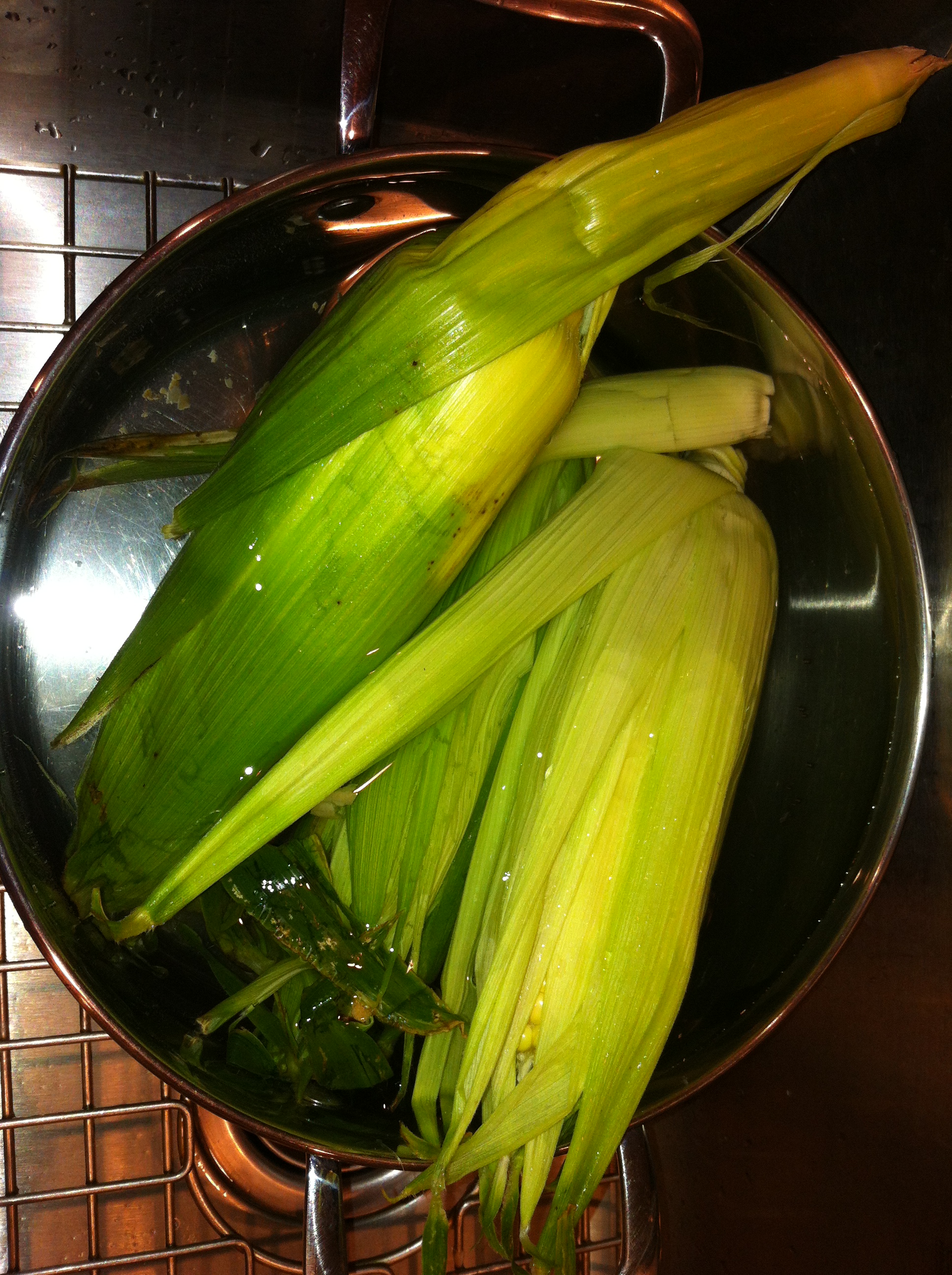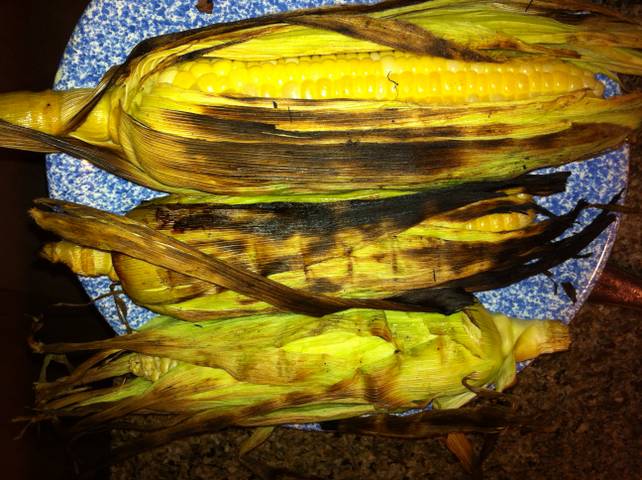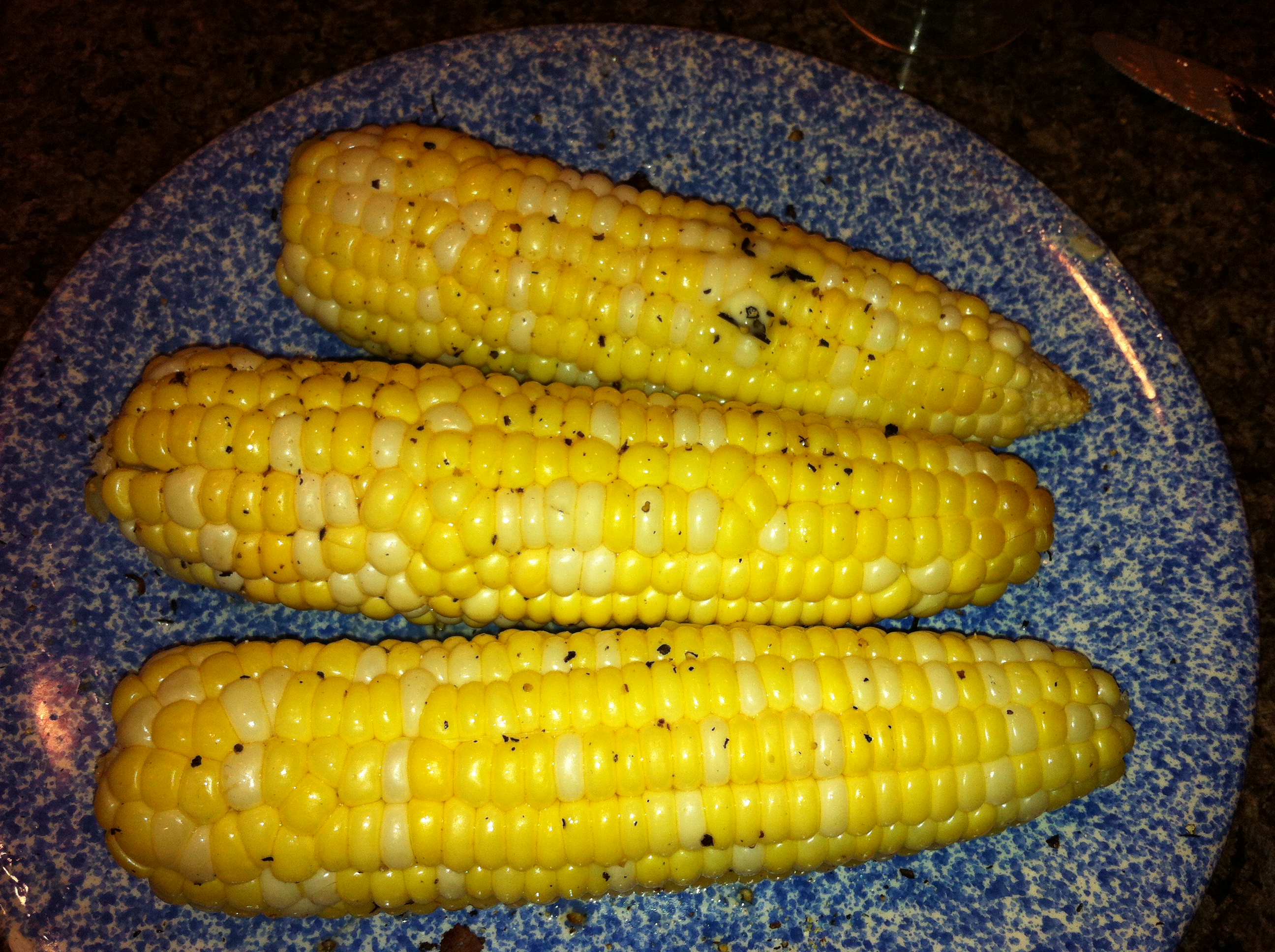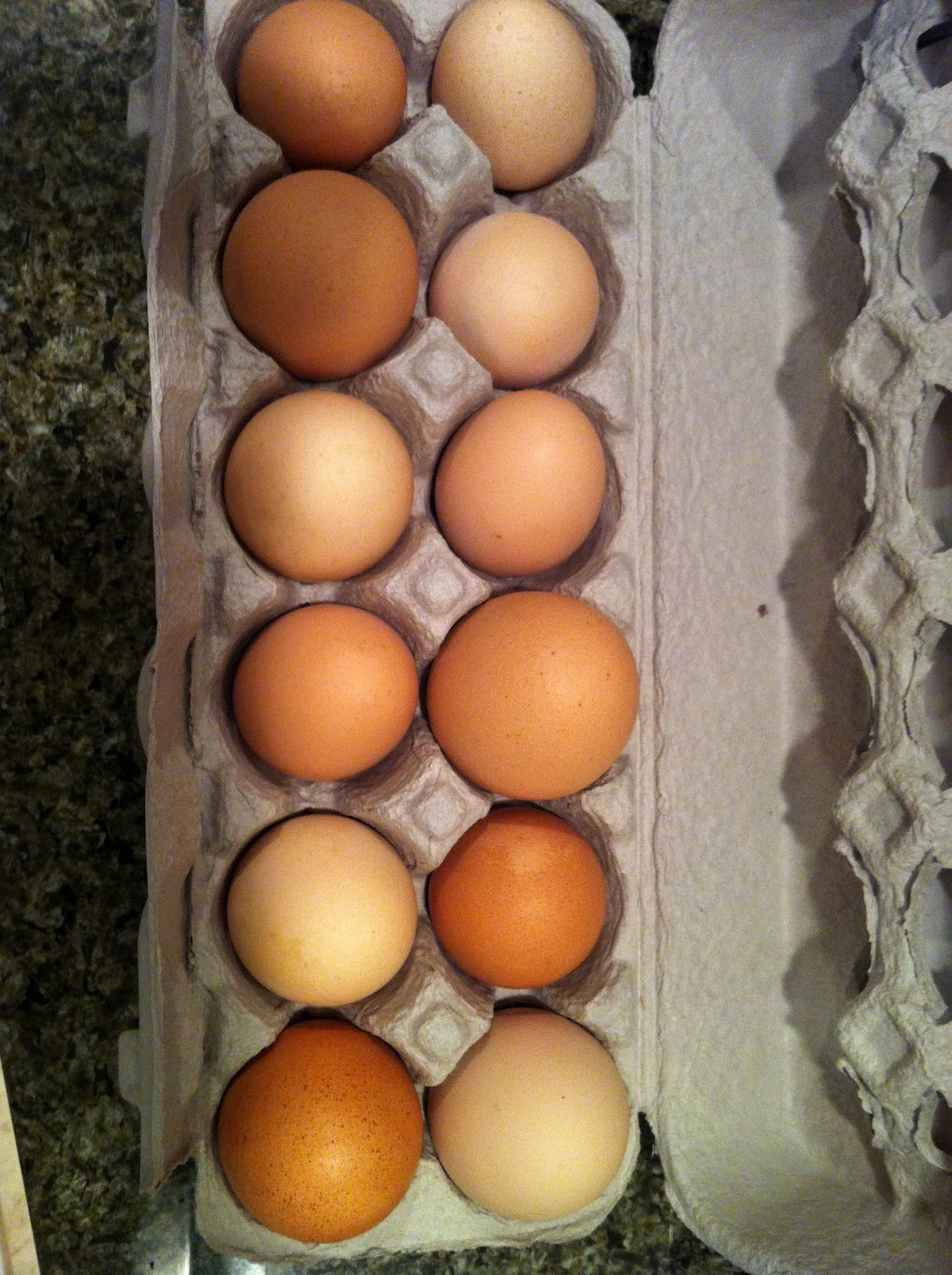At least that’s what Barney says. Those of you with small kids will get a smile out of that. Those of you without will likely scorn me and unleash the unbabyme app on my web presence. Ah well, can’t please everyone.
This afternoon’s post is about sharing. I am fortunate to have awesome readers who frequently send me recipes. Going forward, I will periodically invite readers to post to this blog as well. I love sharing recipes and collaborating to improve a meal. And, clearly love talking about cooking with all of you.
I will be out of town the next few Saturdays, so will sadly miss my beloved CSA Pick-ups at Wolfe Spring Farm. In my place, I have drafted friend, neighbor and fellow foodie Dan Doern to wax poetic on summer’s finest. I am also sad to miss this period because it is really peak season now in the NE. Readers may remember Dan Doern from pickled haricot verts fame. No pressure, Dan, but don’t let us down.
In reality, I fear Dan will handily out-foodie me. Bring it, Dan.
And, also in the spirit of sharing, I wanted to pass along a recipe sent to me this morning by long-time friend, social media superstar and part-time vegan, Nicolette Barber. Everyone’s trying to figure out what to do with this year’s tomato bounty. Nico shares a timely recipe for Double Tomato Bruschetta that looks scrumptious. Take your basic bruschetta recipe, add sun-dried tomatoes to increase depth of flavor and melt some mozz on top. Kick it up a notch, why dontcha?

All Recipes: Double Tomato Bruschetta
Haven’t tried the recipe, but want to. Readers, please keep sharing!




